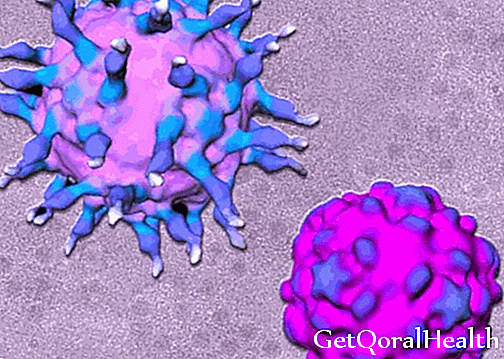Temperature that favors your figure
April 2024

Clinical poliomyelitis infection, also known as subclinical or abortive, affects the brain and spinal cord and is divided into two types: nonparalytic and paralytic polio. Infected people may not have symptoms or they may last 72 hours or less. It is very likely that both types of polio develop after recovery from a subclinical infection.
Non-paralytic poliomyelitis has the following symptoms: back pain or low back pain, diarrhea, excessive tiredness, fatigue, headache and irritability; pain in the legs (calf muscles), moderate fever, stiffness and muscle sensitivity, as well as spasms in any part of the body; pain and stiffness in the neck and back, arms, legs and abdomen, among other symptoms that usually last 1 to 2 weeks.
Paralytic poliomyelitis occurs as follows: fever 5-7 days before other symptoms, abnormal sensations (but without loss of sensation), abdominal distension, difficulty breathing; constipation and difficulty to start urinating; drooling, headache, irritability, muscle spasms or contractions, particularly in the calf, neck or back; asymmetric muscle weakness (only on one side or worse on one side) depending on the part where the spinal cord is affected; sensitivity to touch; stiff neck and back and difficulty swallowing.
The prognosis depends on whether the disease presents as subclinical, nonparalytic or paralytic, as well as the affected site. If the spinal cord and brain are not damaged, as is the case in more than 90 percent of cases, a full recovery is likely.
If they are, it is a medical emergency that can cause paralysis or death, usually due to breathing difficulties. Disability, however, is more common than death.
Although poliomyelitis has been practically eradicated from the planet, between 2003 and 2005, 25 previously polio-free countries once again presented cases of infection due to the importation of the virus. Poliovirus can be easily imported and spread rapidly among non-immunized populations.
For this reason, it is important to be alert about some situations that can put at risk your own life or that of your closest ones, for example:
- Lack of vaccination against polio and then exposure to this disease
- Travel to an area where a polio outbreak has occurred without taking the necessary precautions; the disease is more common in summer and autumn
- In areas where there is an outbreak, the most vulnerable people to contract the disease are, as always, infants, pregnant women and older adults